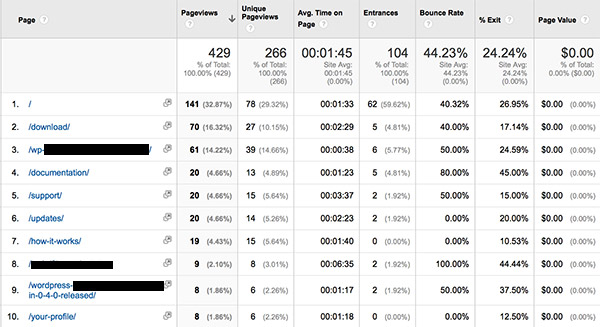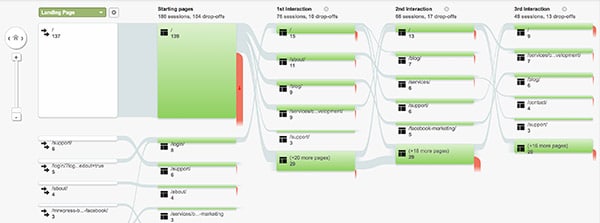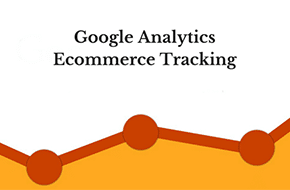
Google Analytics: The key to understanding your website
Do you know how users are interacting with your website?
Conversion rates
A conversion rate is the percentage of users that visit your site and take a particular action. This action could be downloading a free download, they may be signing up for something, they could be participating in a certain exercise, etc. Essentially your website exists for a purpose. When that purpose is fulfilled, then that is considered a conversion. The percentage of your site traffic that makes a particular conversion is known as the conversion rate. Paying attention to these conversion rates is important. If you are running a low conversion rate then that typically means your content is not well written. It can also mean the user is unclear of how to make the contact. Known as a “call to action.”
A call to action is usually a link, a button, or a banner. The most popular are links and buttons in which a user goes to a form. When that form is submitted, the successful submission can be tracked as the conversion. Therefore, having attractive content and an attractive call to action, that is clear to the user, will help you increase your client base.
Bounce rates
When a user comes to your website and simply clicks the back button in the browser or just exits the screen, that is a bounce. It means they did not go anywhere else except the page they landed on. For example if you have an advertisement on Facebook or Google Ads, and you create a landing page for that advertisement, if people land on that page from the advertisement and don’t take the next step or simply just leave; then that is a bounce. It means they didn’t take any further action once being directed to where you want them to be. Understanding what the bounce rate is can help you determine if you want to change some text in the landing page or make a new design or just get rid of the advertisement completely.
Exit rates
The difference between a bounce rate and an exit rate is that a bounce is when a visitor visits a page on your site and then takes no other action (as defined above). An exit is the page the visitor leaves from. The illustration below shows various pages on a site and the exit and bounce rate for each.

When a user comes to your site that is called one “session“. The bounce rate calculation for a page is based only on a session where the user starts with that page. An exit rate calculation for a page is based on all sessions, from all users, and is based on what percentage of those sessions a user left that page from. Ideally, your home page would have the lowest exit rate of all because it is the “index” page of your website. It is the page you want people to determine what other area of your website they want to visit. A high exit rate on services pages would mean you have a content problem of some sort. Again, those issues usually come down to the way the content is written or how easy it is for the user to take a particular action.
Behavior flow
It is also possible to track the flow pattern across your website. From the home page or wherever the user starts, you can track their movements across your website. They may visit one page and then go to another and another and then either convert or drop off. Here is a diagram of what that looks like (the grey areas are user paths and the red is where they dropped off of the site).

A perfect behavior flow example would be when a user lands on your website’s home page, then goes to your services page, then goes to a particular service and makes a contact with you. A thank you page for a successful submission can help you:
- make users happy and reassured;
- give you an easy way to track the conversion;
- not give false exit rates for the service page they were on (you want the exit rate to come from the thank you page).
Behavior flow can also help your marketing team to understand what areas of your site get the most attention and what areas do not. This can help them determine promotions to offer for services or areas of the website that are not doing well. And again, this may be the determining factor to completely discontinue that service or area of your website. Either way, knowledge is power and will enable you to make educated decisions about your website’s content.
How Do You Apply Your New Knowledge?
Now that you’ve got a handle on all these data points, it’s time to put them to use! If you’re looking for some continued reading, Kurt over at Convertica has a great article on how to design a landing page with these numbers as the criteria. You’ll find some great guidelines on what to keep in mind when designing a page to keep you on the path to success.
Ready to make your website convert? At Mr. WPress, we’d be delighted to work with you to accomplish your goals! Whether you need to build a new page from scratch, or just want to give your site a touch-up, don’t hesitate to reach out to us for a free quote.



